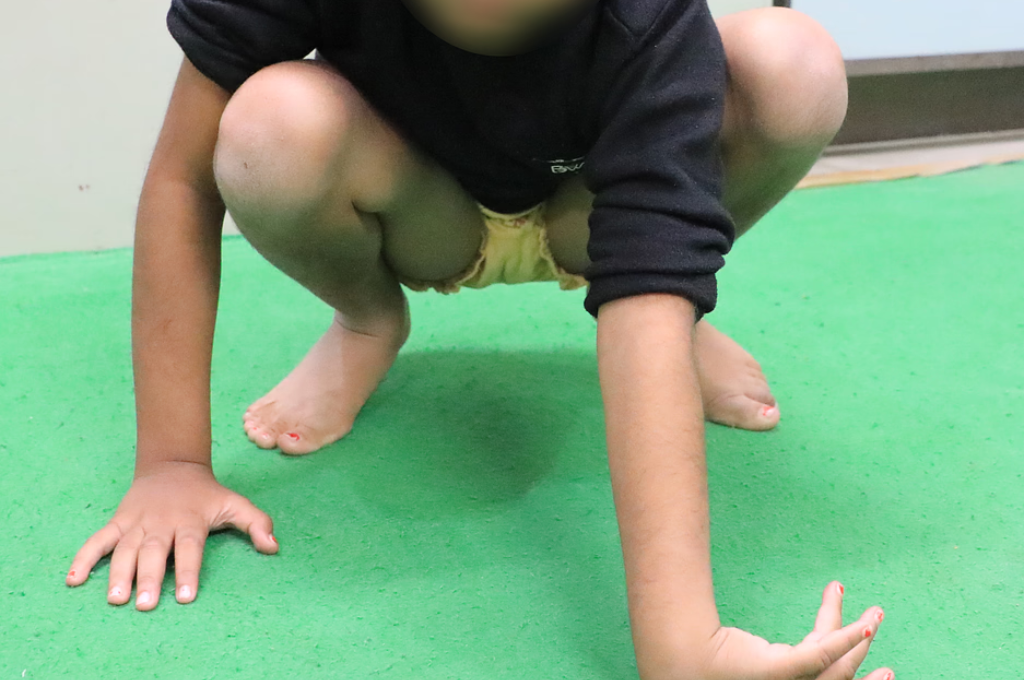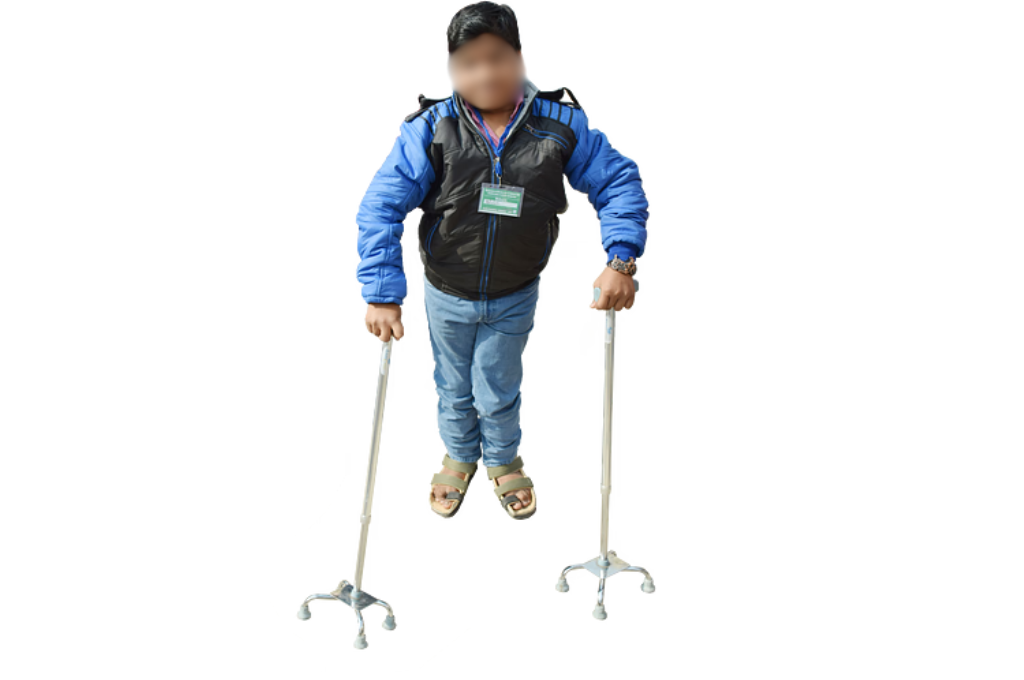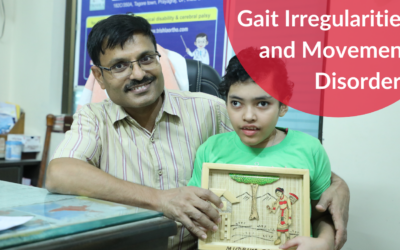Introduction to Non-Spastic Cerebral Palsy
Non-spastic cerebral palsy is a type of cerebral palsy, a group of neurological disorders that affect movement and posture. While spastic cerebral palsy is characterized by muscle stiffness and tightness, non-spastic cerebral palsy is differentiated by its impact on muscle tone. This condition presents unique challenges and requires a comprehensive understanding of effective management and support. This article will explore the causes, symptoms, and management strategies for non-spastic cerebral palsy.
Non-Spastic Cerebral Palsy Types
Non-spastic cerebral palsy is a diverse category encompassing several subtypes, each characterized by specific manifestations and challenges. The primary types of non-spastic cerebral palsy include:
Dyskinetic Cerebral Palsy (Athetoid or Dystonic):
Athetoid Dyskinetic CP
This type is characterized by involuntary, slow, and twisting movements, often affecting the hands, feet, face, and sometimes the trunk. Individuals with athetoid dyskinetic CP may experience difficulty controlling their movements, leading to difficulty maintaining posture and performing precise tasks.
Dystonic Dyskinetic CP
Dystonia involves sustained or intermittent muscle contractions that result in twisting or repetitive movements. This subtype can lead to abnormal postures and difficulty with coordinated activities.
Ataxic Cerebral Palsy
Problems with coordination, balance, and depth perception characterize ataxic cerebral palsy. Individuals with ataxic CP may have shaky movements, especially when attempting delicate motor tasks. Coordination difficulties may affect both gross and fine motor skills.
Mixed-Type Cerebral Palsy
Some individuals may present with a combination of spastic and non-spastic features, leading to a mixed-type cerebral palsy. This combination can result in various symptoms, including muscle tone abnormalities, coordination difficulties, and motor skill challenges.
Causes
Non-spastic cerebral palsy is primarily caused by damage to the developing brain, often occurring before or during birth. Several factors can contribute to this damage, including prenatal infections, genetic abnormalities, and complications during labor and delivery. It’s important to note that non-spastic cerebral palsy is less common than its spastic counterpart, and its etiology may vary from case to case.
Symptoms
Unlike spastic cerebral palsy, non-spastic cerebral palsy primarily affects muscle tone rather than causing stiffness. The symptoms can manifest in various ways, depending on the severity and location of the brain damage. Some common symptoms include:
Hypotonia
Individuals with non-spastic cerebral palsy often exhibit low muscle tone, leading to floppy or weak muscles. This can impact their ability to control movements and maintain proper posture.
Incoordination
Coordination difficulties may arise, affecting tasks that require precision and controlled movements. This can impact daily activities such as writing, buttoning a shirt, or using utensils.
Difficulty with Motor Skills
Non-spastic cerebral palsy can impede motor skills development, making it challenging for individuals to perform tasks involving both gross and fine motor movements.
Speech and Swallowing Issues
Some individuals may experience speech and swallowing difficulties due to muscle involvement in the oral and facial regions.
Balance Problems
Maintaining balance can be a significant challenge for those with non-spastic cerebral palsy, affecting their ability to walk and participate in physical activities.
Diagnosis
Diagnosing involves thoroughly evaluating a child’s medical history, developmental milestones, and neurological assessments. Imaging studies, such as magnetic resonance imaging (MRI) or computed tomography (CT) scans, may be performed to identify any structural abnormalities in the brain. Early intervention is crucial for managing non-spastic cerebral palsy effectively. Once diagnosed, a multidisciplinary team can create a tailored treatment plan, including pediatricians, neurologists, physical therapists, and occupational therapists.
Treatment
Cerebral Palsy Physiotherapy
Cerebral Palsy physiotherapy plays a central role in managing this cerebral palsy. Therapists work with individuals to improve muscle strength, coordination, and flexibility. Targeted exercises enhance gross and fine motor skills, ultimately promoting independence in daily activities.
Cerebral Palsy Occupational Therapy
Occupational therapy focuses on improving the individual’s ability to perform daily tasks and activities. This includes interventions to enhance fine motor skills, cognitive abilities, and adaptive techniques for better functional outcomes.
Speech Therapy
For those experiencing speech and swallowing difficulties, speech therapy can be beneficial. Therapists work on improving oral motor control, articulation, and language skills.
Assistive Devices
Depending on the specific needs of the individual, assistive devices such as braces, orthotics, or mobility aids may be recommended to enhance mobility and independence.
Medication
In some cases, medications may be prescribed to manage associated symptoms such as muscle spasms, pain, or seizures.
Surgical Interventions
In severe cases, surgical interventions may be considered to address specific musculoskeletal issues or to improve overall function.





